Nevada homeowners have a unique opportunity in 2025 to achieve unprecedented energy savings by combining solar power with smart home technology. While solar panels alone can dramatically reduce your electricity bills, integrating smart home systems can effectively double those savings by optimizing when and how you use energy throughout the day.
The combination works by matching your energy consumption patterns with solar production, storing excess power strategically, and automatically shifting energy-intensive tasks to peak solar hours. For Nevada residents, this integrated approach takes advantage of the state's exceptional solar resources and favorable policies to maximize both environmental and financial benefits.
Nevada's Solar Landscape: Your Foundation for Success
Nevada offers some of the most favorable conditions for solar adoption in the United States. The average Nevada homeowner requires a 12.3 kW solar system to meet their electricity needs, with installation costs averaging $27,068 before incentives. After applying the 30% federal tax credit, your investment drops to approximately $18,948.
The state's net metering program provides significant value for solar owners. Under NV Energy's current structure, you receive credit for excess power at 75% of the retail electricity rate for systems up to 25kW. The monthly "true-up" billing system allows you to bank summer surplus generation to offset winter usage, maximizing your annual savings potential.
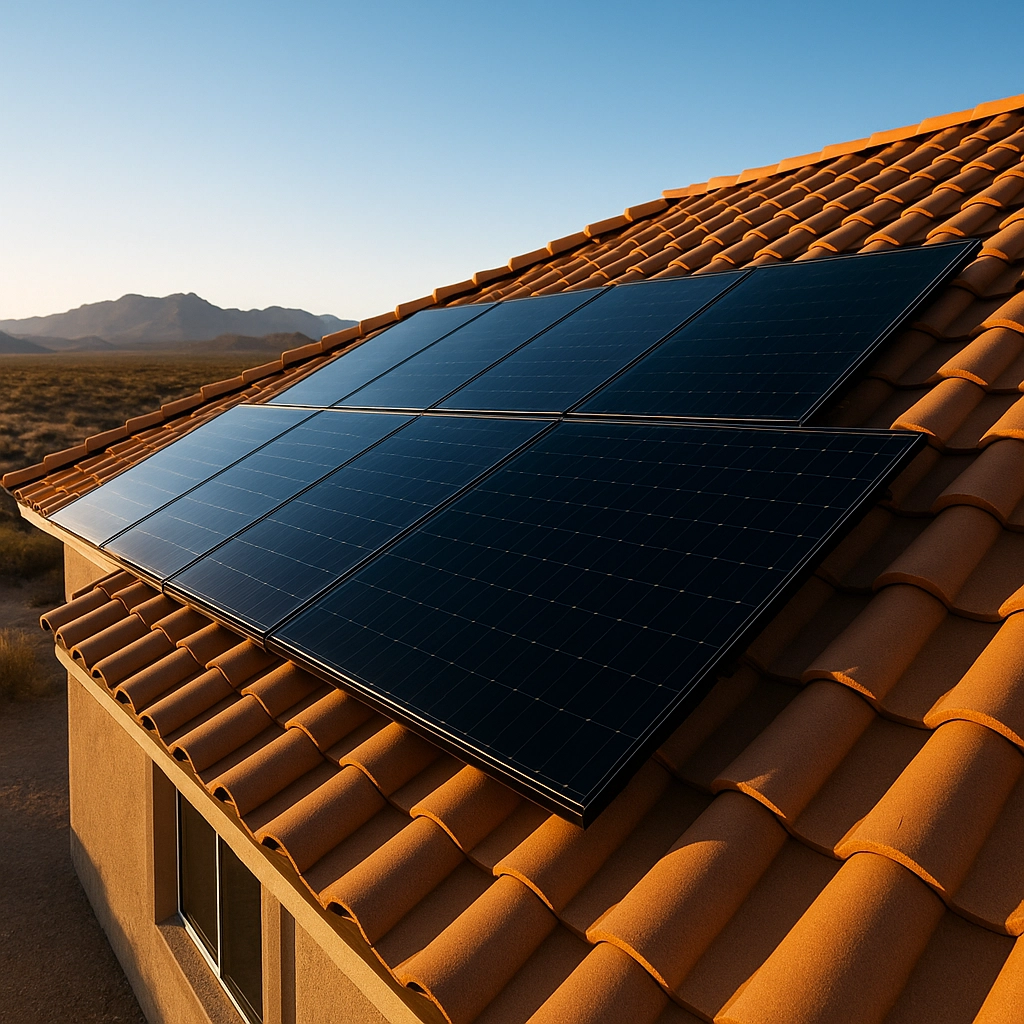
With Nevada's abundant sunshine: over 300 sunny days annually: solar systems consistently generate predictable power. The average Nevada solar installation delivers monthly savings of around $105, translating to approximately $1,260 in annual electricity cost reductions. Over 25 years, total savings can reach $82,540 with a typical payback period of just 6 years.
Smart Home Technologies That Amplify Solar Benefits
Smart energy management systems serve as the central nervous system of your integrated setup. These systems continuously monitor both solar production and home energy consumption, automatically orchestrating when appliances operate to maximize use of free solar electricity before it flows back to the grid.
Smart thermostats represent one of the most impactful additions to a solar home. In Nevada's climate, these devices can pre-cool your home during peak solar production hours (typically 10 AM to 3 PM), then coast through expensive evening rate periods using stored thermal energy. This strategy alone can reduce cooling costs by 15-25% compared to standard thermostat operation.
Smart water heaters equipped with Wi-Fi controls can heat water exclusively during solar peak hours, storing thermal energy for later use. Since water heating accounts for 15-20% of typical home energy consumption, this optimization significantly reduces grid dependency and maximizes your solar investment value.
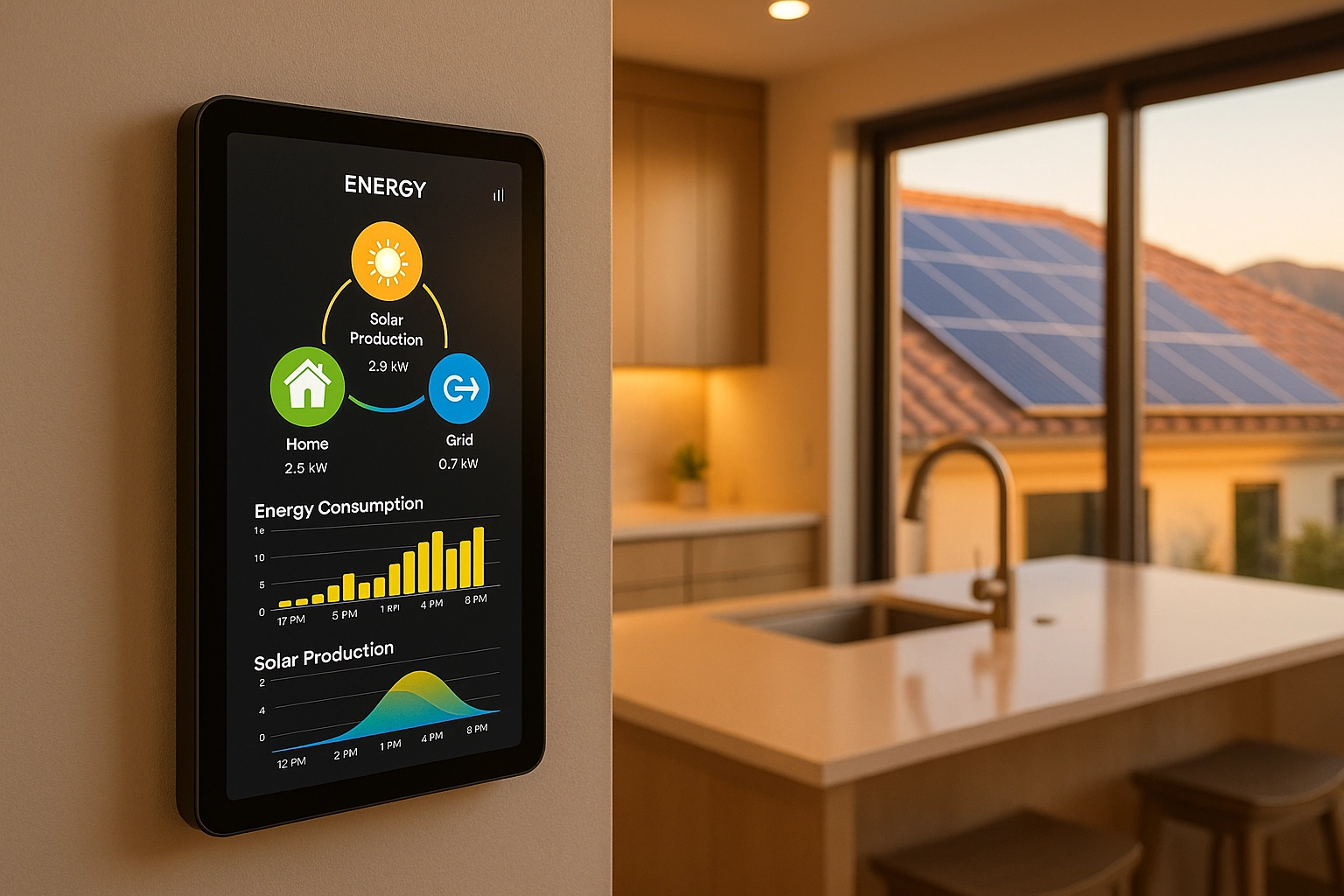
Smart appliances including dishwashers, washing machines, and pool pumps can be programmed or automatically triggered to operate during peak solar production. These devices learn your household patterns and preferences while ensuring energy-intensive tasks coincide with free solar electricity generation.
Battery Storage: The Game-Changing Addition
Integrating battery storage with your smart home and solar system creates the ultimate energy independence setup. Popular options like Tesla Powerwall, Enphase Encharge, and LG Chem batteries work seamlessly with smart energy management systems to store excess solar production for use during Nevada's expensive evening peak hours.
The smart system continuously analyzes real-time conditions: solar production, battery charge levels, grid electricity rates, and household consumption patterns: to make optimal decisions about energy usage. It automatically determines whether to use solar power immediately, store it in batteries, or sell it back to the grid, always choosing the most economically beneficial option.
During power outages, which can occur during Nevada's occasional severe weather events, your integrated system provides backup power while maintaining smart energy management. Critical loads receive priority, and the system can extend backup duration by optimizing energy consumption automatically.
Financial Synergies: How the Combination Doubles Savings
The integration creates multiple layers of savings that compound over time. Time-of-use optimization allows smart systems to shift consumption patterns to match solar production, reducing expensive grid electricity purchases during peak rate periods. In Nevada, this strategy can reduce electricity bills by an additional 20-30% beyond standard solar savings.
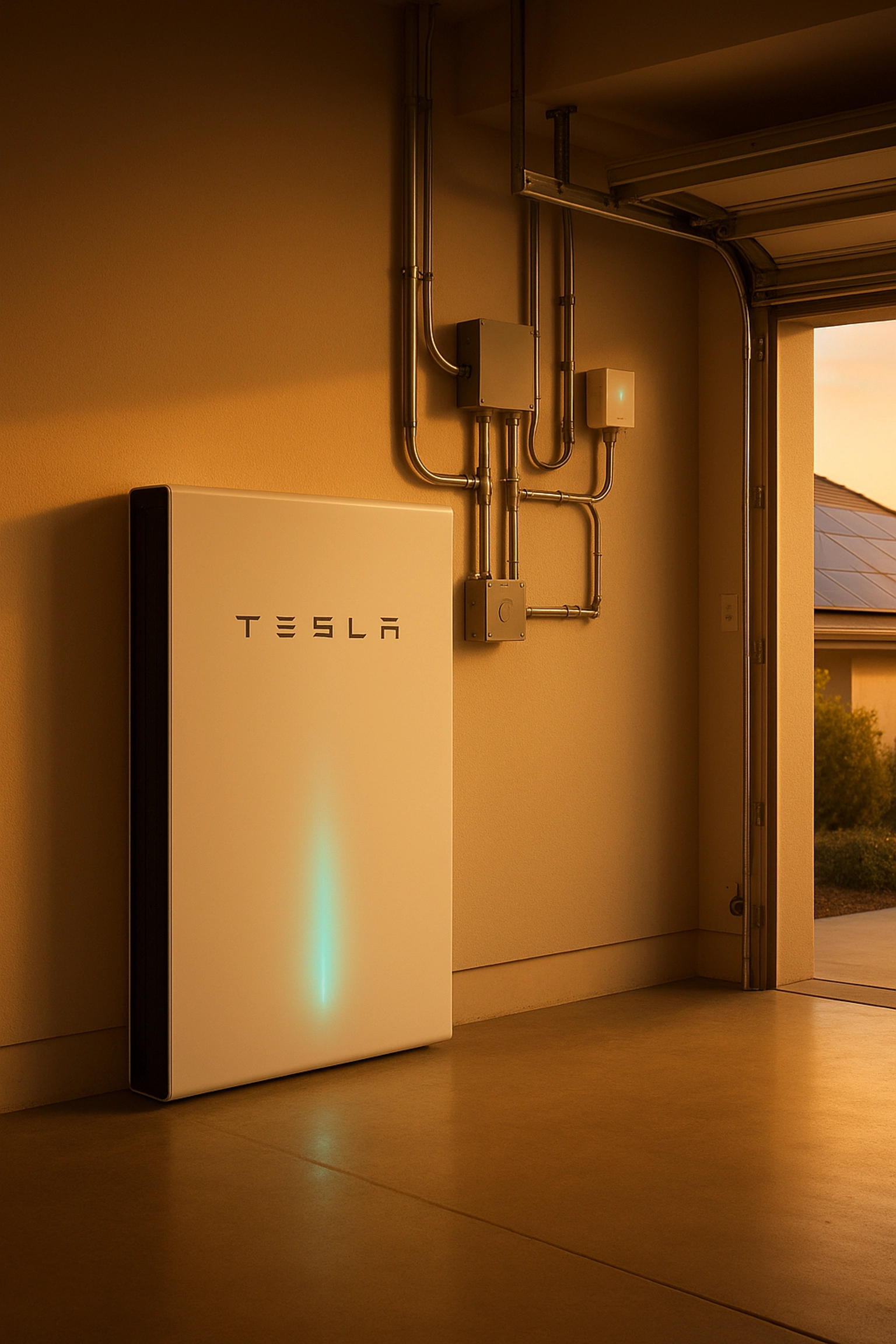
Smart systems prevent simultaneous operation of multiple high-energy devices, reducing peak demand charges that some Nevada utilities impose on larger residential accounts. This demand management can save hundreds of dollars annually for homes with significant electrical loads.
Increased grid independence occurs as smart systems maximize self-consumption of solar power, reducing reliance on the 75% net metering rate and keeping more energy value within your home. The system learns your usage patterns and optimizes storage and consumption decisions to minimize grid purchases year-round.
Implementation Strategy for Maximum Nevada Savings
Begin with a comprehensive energy audit to identify your home's largest energy consumers and their usage patterns. This data guides both optimal solar system sizing and smart home device prioritization for maximum impact.
Phase 1 focuses on installing your properly-sized solar system to capture the 30% federal tax credit while it remains available. Ensure your solar installation includes smart-ready inverters and infrastructure that can communicate with future smart home additions.
Phase 2 involves implementing smart energy management systems that can interface with your solar inverters and begin optimizing major appliances and HVAC systems. Start with the highest-impact devices like smart thermostats and water heater controls that deliver immediate savings.
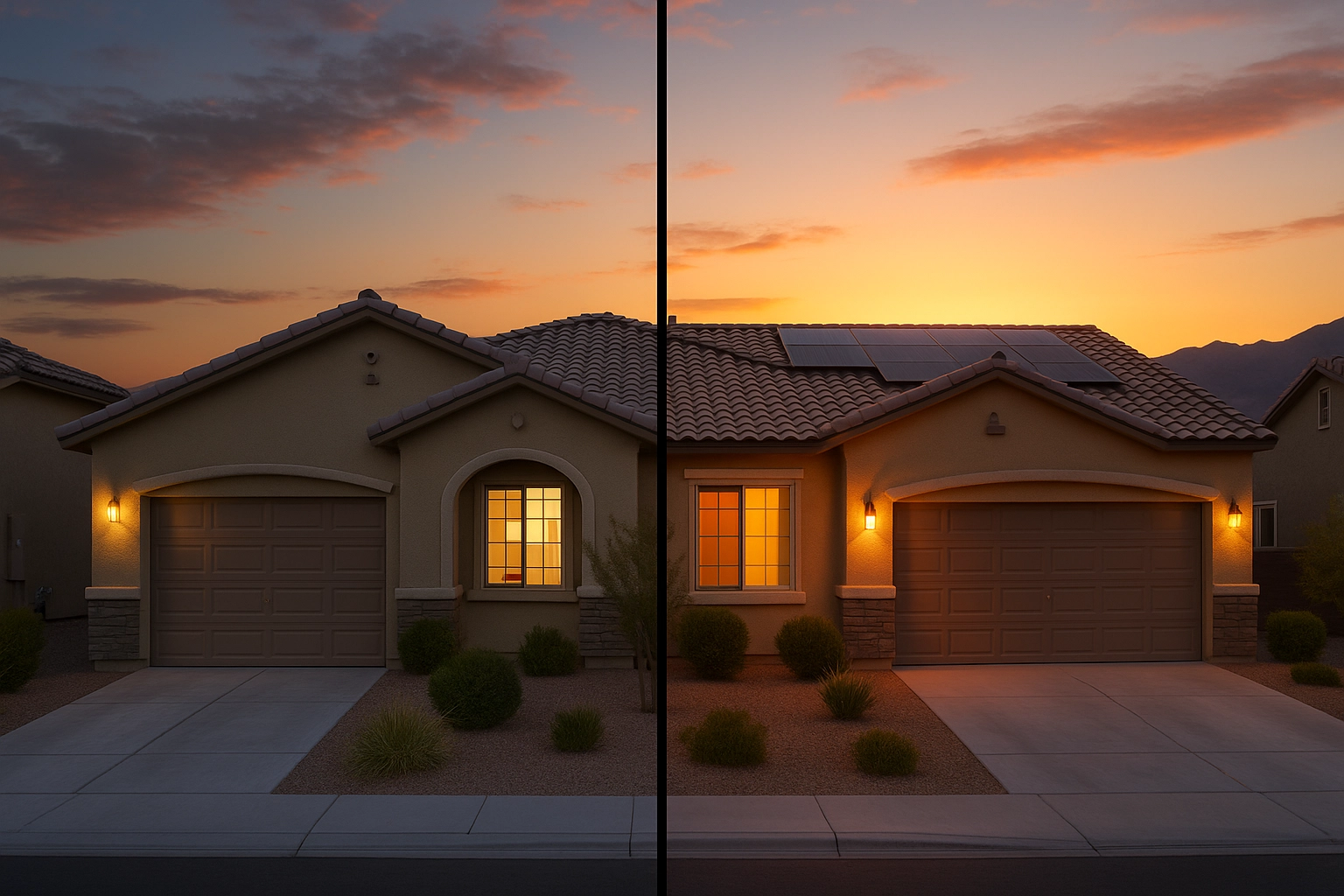
Phase 3 adds battery storage and advanced smart devices such as smart EV charging stations, pool equipment controls, and whole-home energy monitoring systems. This phase typically occurs 1-2 years after initial installation, allowing you to analyze performance data and optimize the expansion.
Nevada-Specific Optimization Strategies
Nevada's extreme temperature variations between seasons make smart thermal management particularly valuable. Smart systems can pre-condition homes during moderate weather periods when solar production is high, reducing energy needs during temperature extremes when solar efficiency may be reduced.
The state's stable net metering program allows strategic oversizing of smart home systems. Size your installation to slightly overproduce during peak months, banking credits through the monthly rollover provision for winter use when solar production naturally decreases.
Nevada's utility time-of-use rate structures create opportunities for smart systems to shift consumption to off-peak hours when solar isn't producing. Battery storage charged during peak solar hours can power evening loads at significant cost savings compared to grid electricity rates.
Maximizing Your Investment Value
The integrated smart home and solar approach in Nevada can realistically achieve total energy cost reductions of 85-95% compared to traditional grid-only homes. Some homeowners achieve complete energy independence during favorable seasons, with minimal grid interaction year-round.
This integrated approach represents a true doubling of savings compared to solar-only installations while providing enhanced comfort, convenience, and resilience against power outages and future utility rate increases. Property values typically increase significantly with these integrated systems, as energy-efficient homes command premium prices in today's market.
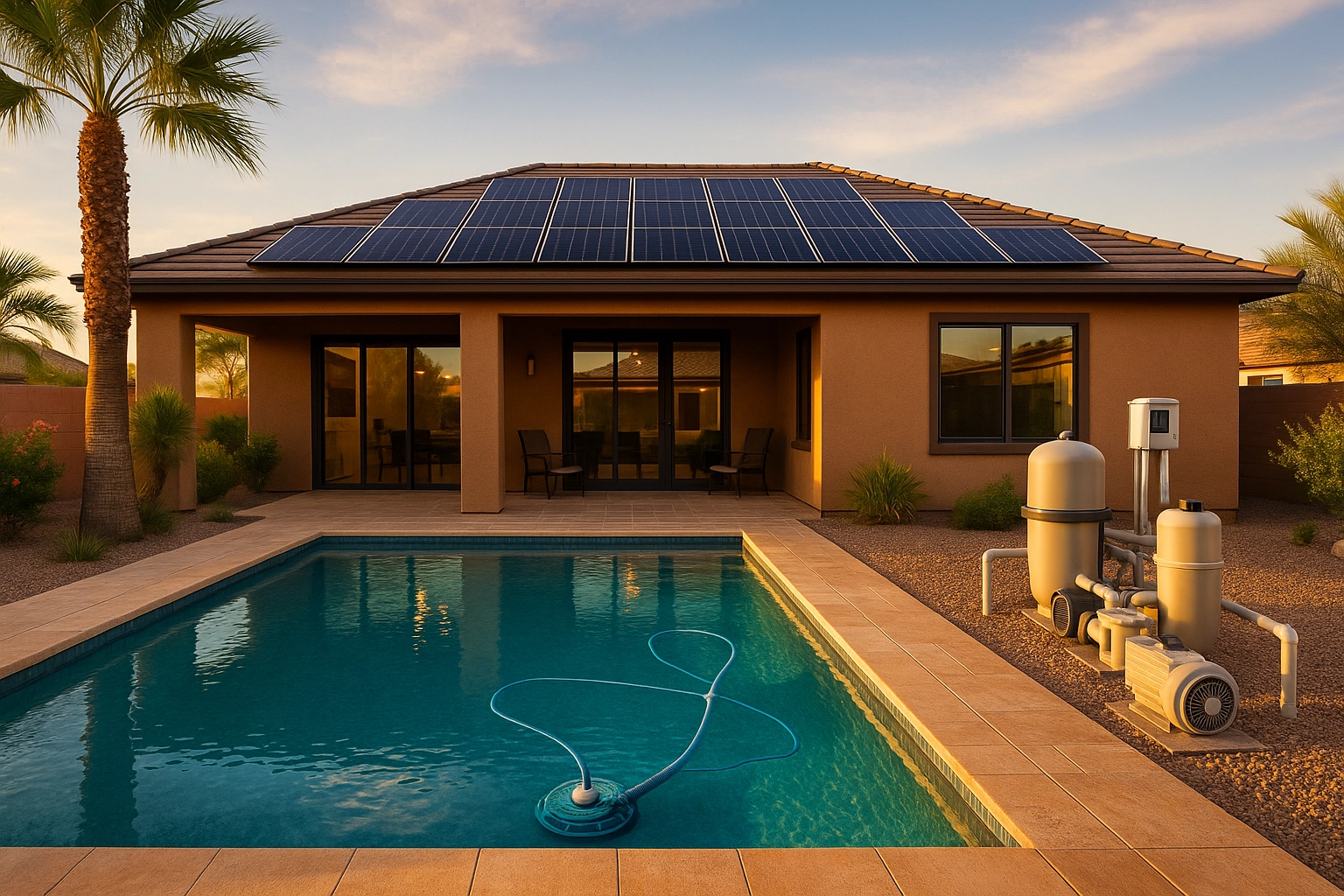
Professional installation and ongoing optimization ensure maximum performance and savings realization. Our experts can design integrated systems that take full advantage of Nevada's solar resources, utility programs, and smart home technologies to deliver the best possible return on your investment.
By implementing this comprehensive approach in 2025, Nevada homeowners position themselves for the lowest possible energy costs while contributing to the state's renewable energy goals. The combination of solar power and smart home technology represents the future of residential energy management: and that future is available today for forward-thinking Nevada residents.
Consider consulting with solar professionals who understand both traditional photovoltaic systems and modern smart home integration. The right guidance ensures you maximize available incentives, optimize system design for your specific needs, and achieve the doubled savings potential that makes this integrated approach so compelling for Nevada homeowners.
